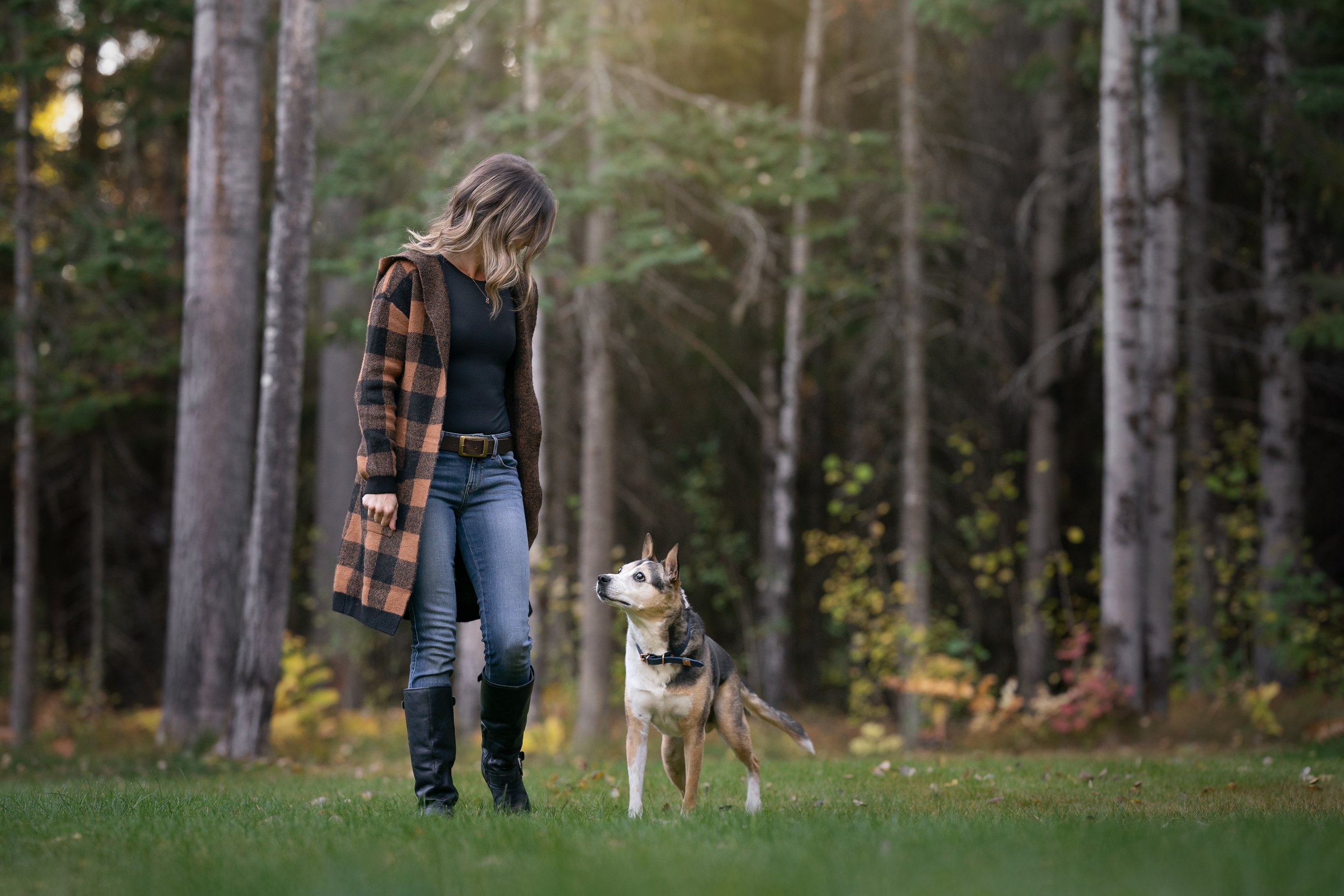My dog won’t take treats - now what?
It’s no surprise that force free trainers employ the use of dog treats on a regular basis. That’s usually because treats are easily accessible, quick to deliver and eat, and most dogs are more than happy to receive them.
A common issue I see dog guardians run into is that the treats “work” at home, but as soon as they head out the door to go on a walk, or encounter a “trigger” in the environment, the dog stops accepting the food. If you are utilizing food to reinforce behaviors, your dog refusing food can be problematic and influence your training process and progress.
So what are some of the potential reasons why your dog may not eat treats during training?
You’re not utilizing the right motivator(s).
Like most things in life, all food is not created equal; and the same can be said about treats used in dog training. Different treats are going to have varying levels of value to our dogs, and this will effect how motivated they are to earn said treats.
The other kicker is, not all dogs rank food the same way. My dog might think that hotdogs are worth $15, while your dog may only rank a hotdog as a $2 reinforcer.
The learner decides what is reinforcing to them.
It is our job to determine what our dog finds motivating so that we can pick our reinforcers appropriately. If your dog doesn’t like cheese (even if my dog does like cheese), bringing along cheese for rewards during a training exercise is not going to work great for you. Understandably, the dog is going to seek reinforcement elsewhere, or may choose not to participate in the training if what you are offering is not something they are interested in.
Imagine that your boss decided to give you a high five every time they were happy with your work performance. If you don’t like high fives then your boss’s actions are not going to reinforce your behavior or reward you for your efforts.
You’re underpaying your dog.
I like to look at our training treats as a pay check for our dogs, as money is something most humans understand and are motivated by.
Often, I will see guardians using low value treats, such as their dog’s kibble, when working in a difficult or distracting environment, or asking the dog to perform complex or challenging behaviors.
Low value rewards are the equivalent to minimum wage.
Working in a difficult environment or on a tricky skill could be comparative to you being called in to work an overtime shift on a holiday (let’s say, Boxing Day.) If you are not being appropriately compensated for your efforts (time and a half), you are not likely going to work that extra shift.
If we are not compensating our dog appropriately, they are not likely to perform the behavior we are asking of them (because it’s no longer working for them.)
It’s important that the reward we are utilizing is appropriate for the situation. We cannot ask our dog to perform a $15 behavior, when we are only offering them a $5 reinforcer. This doesn’t work for the dog, and I can assure you, they will find more appropriately matched reinforcement elsewhere.
Take time to learn what treats your dog likes best, and then rank those treats from lowest value ($5 treats) to highest value ($100 treats.) This will make it easier for you to select a value of reinforcer that fits the task at hand in the future, so you can ensure you are compensating your dog appropriately.
Utilize those lower value reinforcers when you are working in low distraction environments, on simple training tasks, and work your way up your dog’s reward ladder as the task and/or environment increases in difficulty.
Your dog is full.
While we know that different foods hold different value to our dog, food value in general is also going to fluctuate depending on it’s availability to the dog.
If your dog has just finished a full meal, they are going to be satiated and food value is going to lower as a result.
If I just finished an ice cream cone and then proceeded to ask me if I wanted a piece of cake (which I love, by the way), I might decline, because I’m saturated on ice cream and I’m full! That cake is not motivating or as valuable to me at this time, because I am less motivated by food when I am full.
If you have a planned training session, be mindful of when you feed your dog prior to the session. Don’t feed your dog their breakfast, and then immediately clip on their leash and head out the door to train. It would be logical to see less enthusiasm about food in this situation, and you might struggle to utilize these reinforcers during your session.
the environment is too overwhelming.
This is one of the most common reasons that I see treats “fail” for dog guardians who are trying to train their dogs.
In this situation, I’m thinking more about our reactive dogs, who might find a stimulus in the environment worrisome, exciting, or frustrating. When working around a stimulus that “triggers” unwanted behaviors, we need to be mindful of our proximity to that trigger, as well as the trigger’s intensity.
Whenever we are working with a dog (reactive or not), we want to try and ensure the learning environment is such that the dog feels comfortable and is not experiencing stress.
When we (or our dogs) are stressed or worried about something, it is going to make it much more difficult to recall previously learned behaviors, hear cues, and respond to cues properly, because we are also dealing with the emotional impact of the stress. We’re also not going to be thinking about eating in that situation, as our body’s “fight or flight” system turns on. If we are unsafe or feeling threatened, food is not a top priority, and our brain will be focusing on more pressing matters.
Imagine you are being mugged in a parking lot by someone with a knife. And during this encounter, the person offers you a sandwich. Do you think you’re going to be hungry at that moment? Not likely.
Now, put yourself in the same situation, but instead of offering you a sandwich, the robber asks you “What’s 7x5?” You likely know the answer to this, but I suspect it’s going to be harder for you to access that knowledge when you are afraid for your safety.
While a trigger, such as another dog in the environment, may not seem like equivalent to an armed robbery to us, to the dog, this trigger feels like a very serious threat to your dog, and their body will respond in a way it feels best to keep them safe.
If your dog starts to refuse treats, especially in a training situation, don’t automatically write off positive reinforcement training as a bust. When done properly, positive reinforcement works, and it works very well.
Instead, go through the above list and see if you can figure out what is affecting your dog’s appetite or interest in the motivator you are offering, and adjust accordingly.
A little bit of investigative work can be all you need to get your training back on track.
Stay awesome,
Vanessa
Vanessa Charbonneau, is the author of Dog Care for Puppies: A guide to Feeding, Playing, Grooming and Behavior. She owns Sit Pretty Behavior & Training, employing force-free training techniques to work with companion dogs and their owners. Charbonneau lives in Prince George, BC with her husband, two daughters, and one dog.
Follow Vanessa on Instagram for more dog training education, training, and other content!

